Creating Postgres users isn't just a routine step in the complicated world of database management; it's a critical strategy that has a significant impact on how PostgreSQL databases operate and remain secure. An increasing number of organizations depend on sophisticated data systems, so it's critical to recognize the value of Postgres users. This blog post walks you through the steps of creating a Postgres user, as well as, explores the significance of these users in database administration,

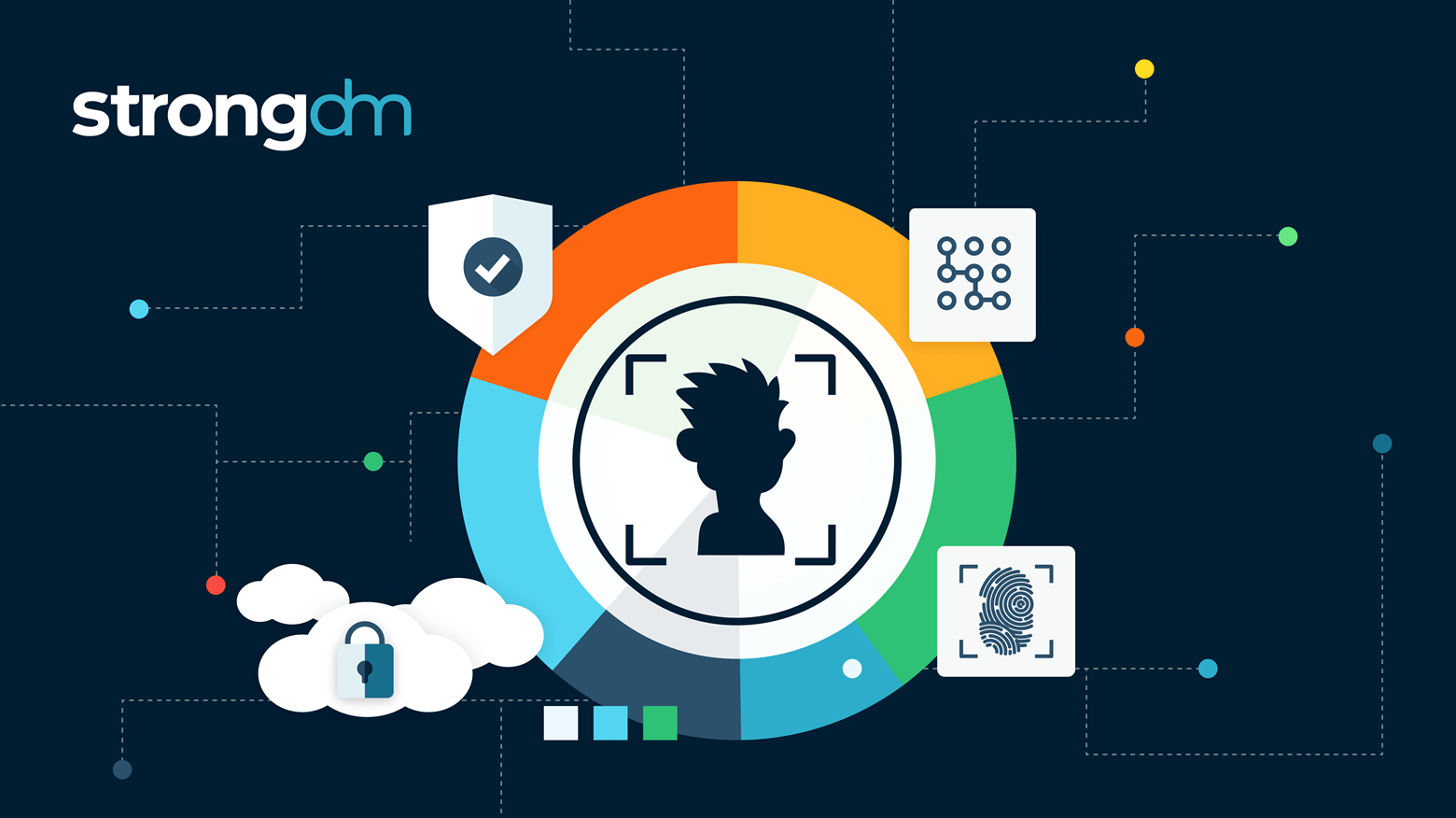
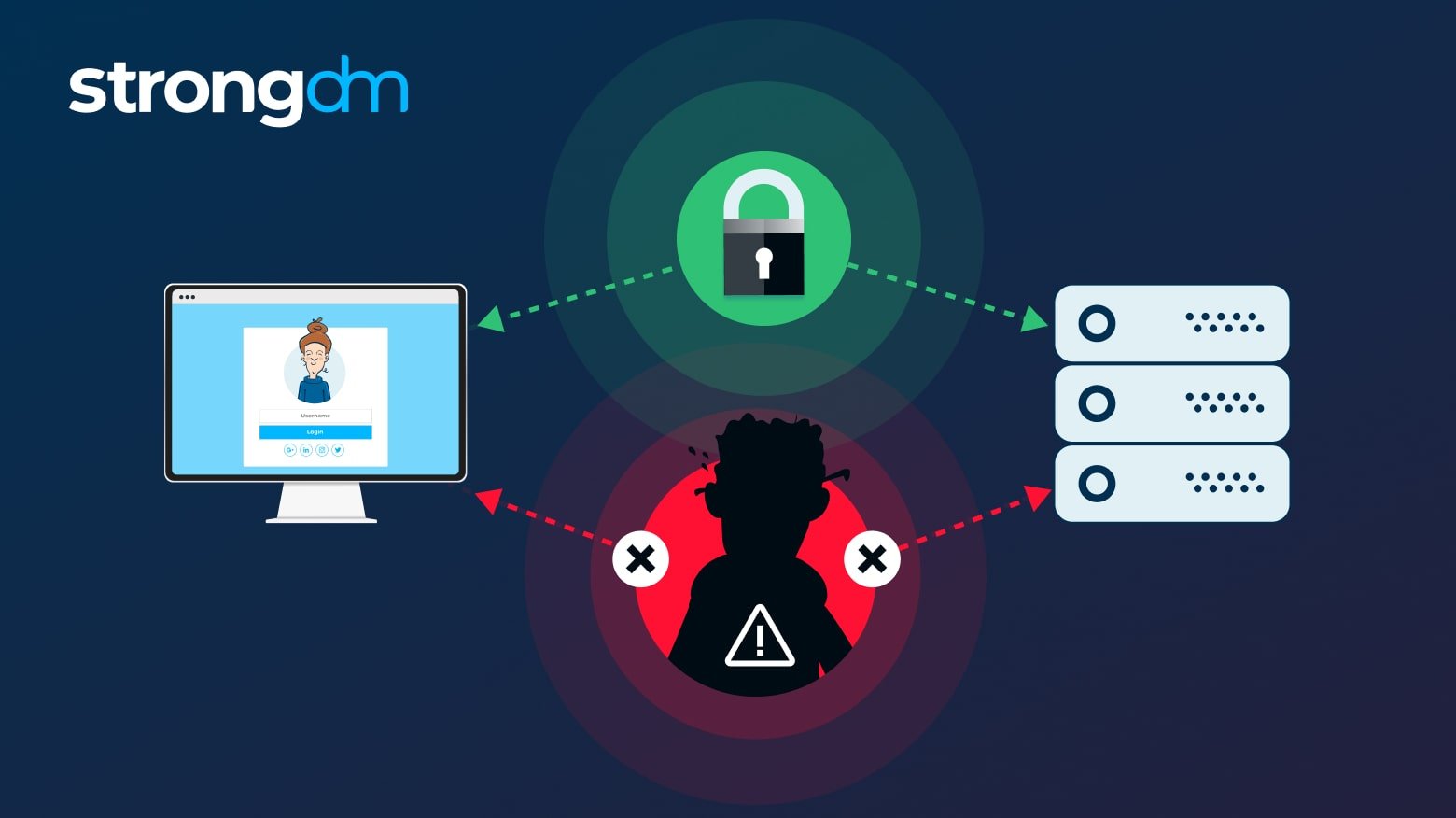
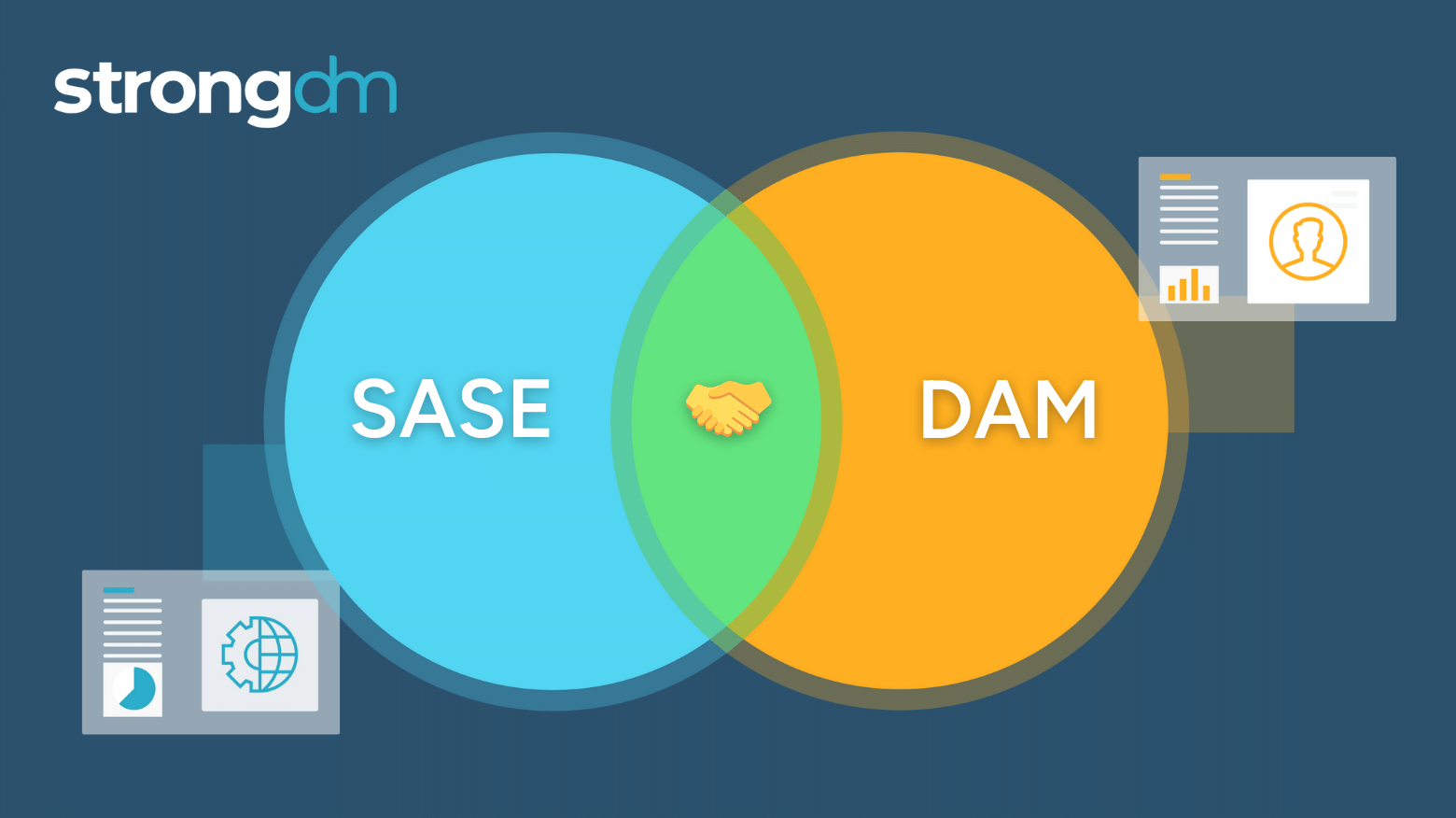
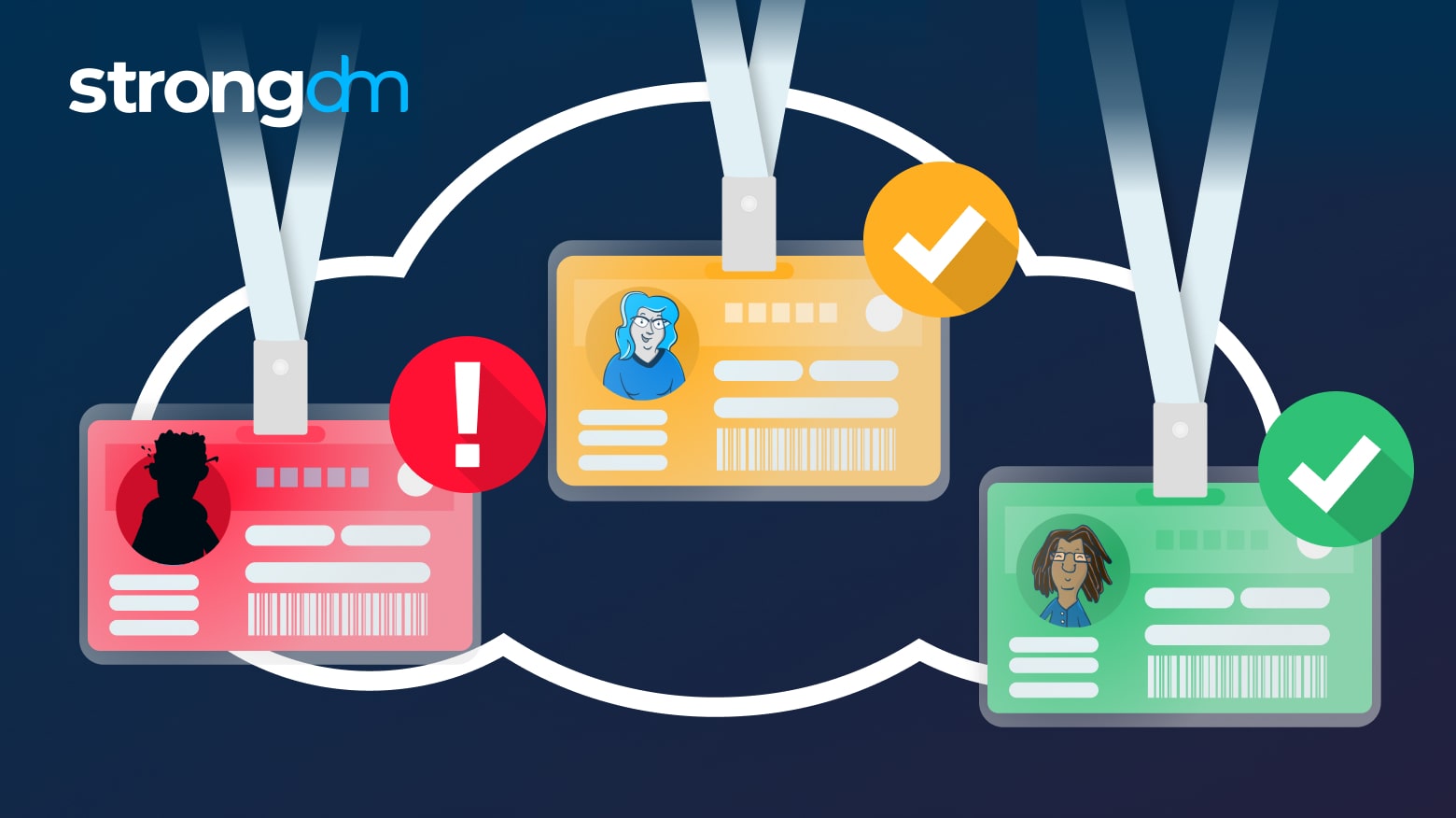
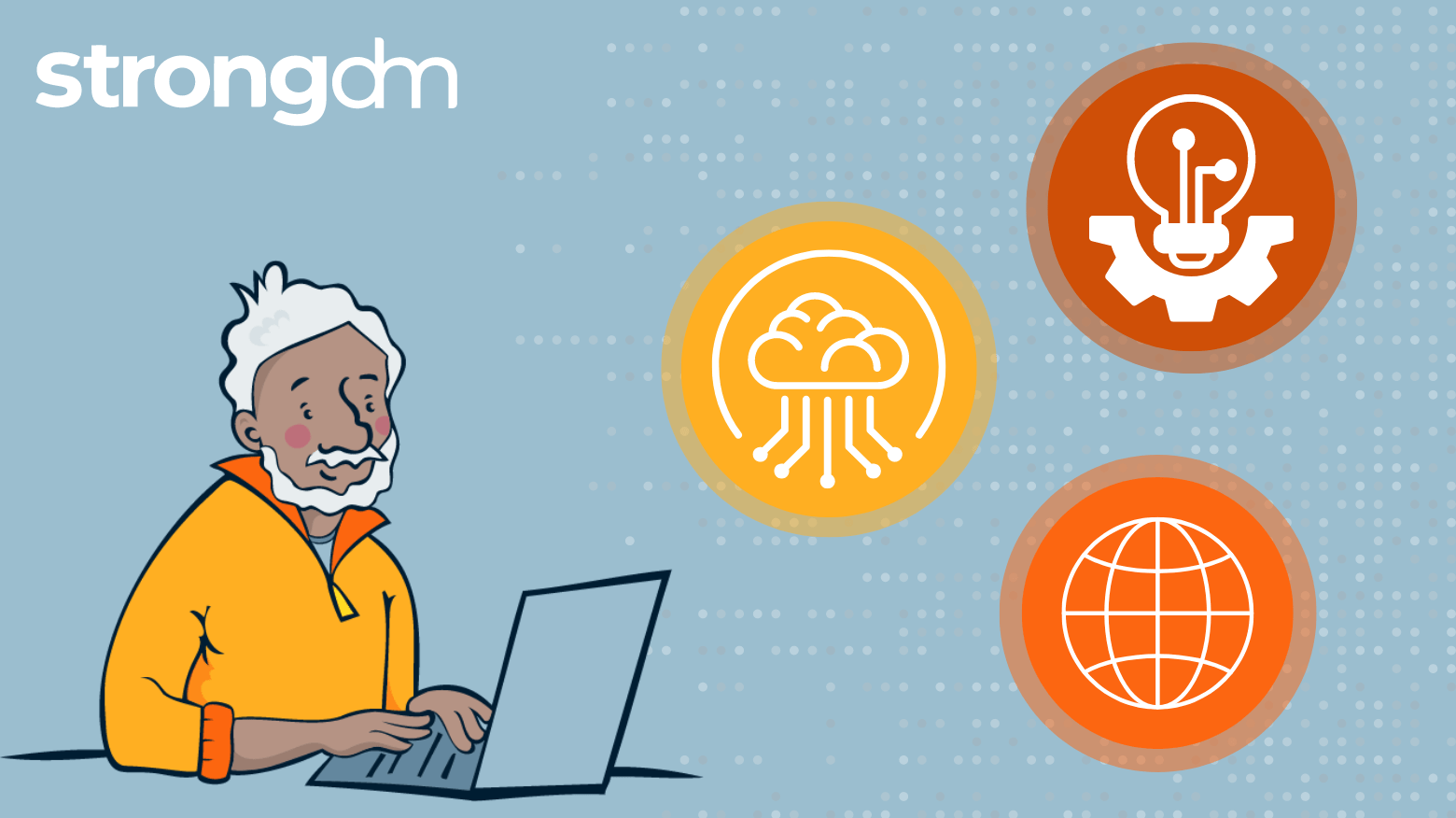
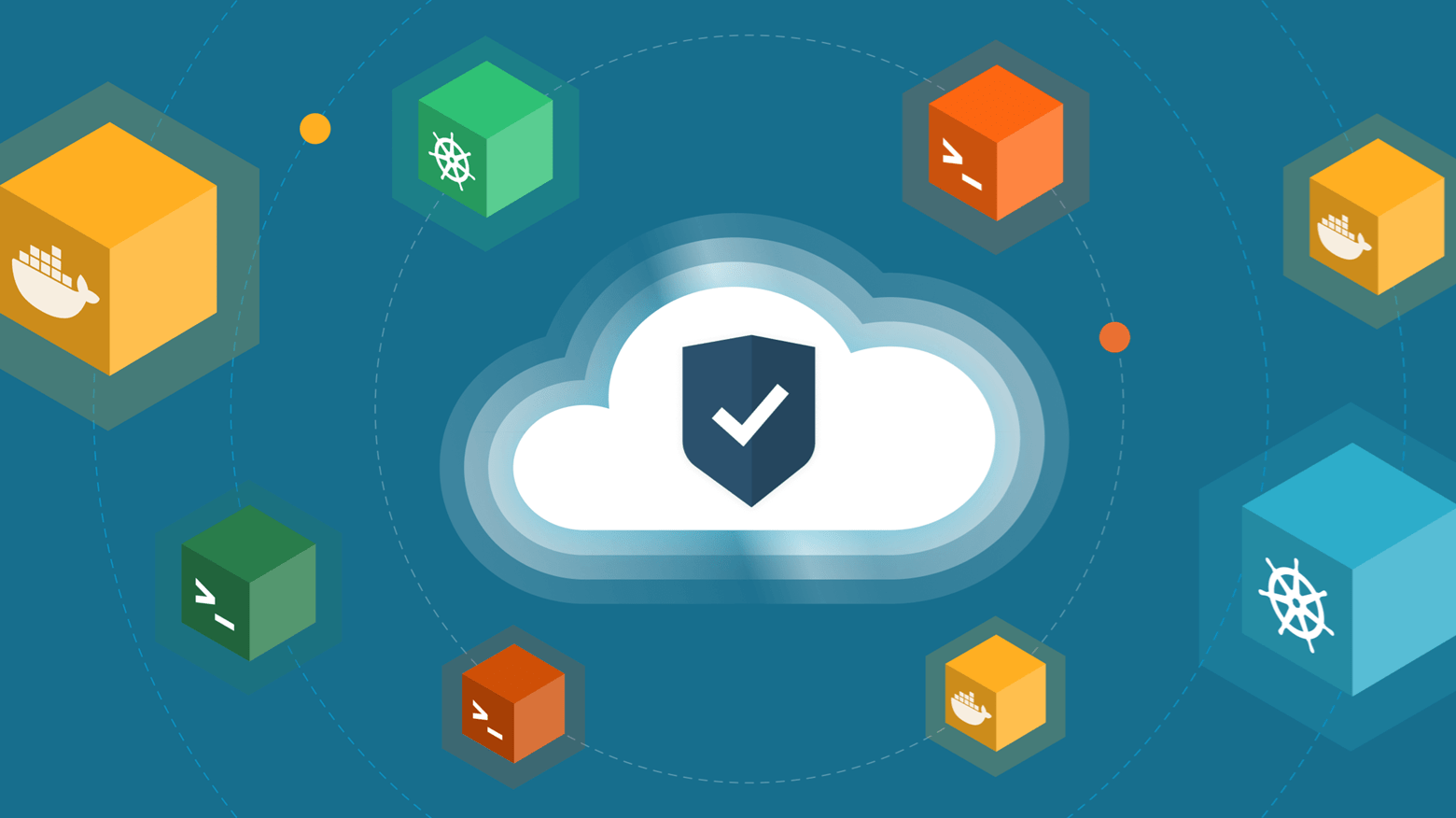
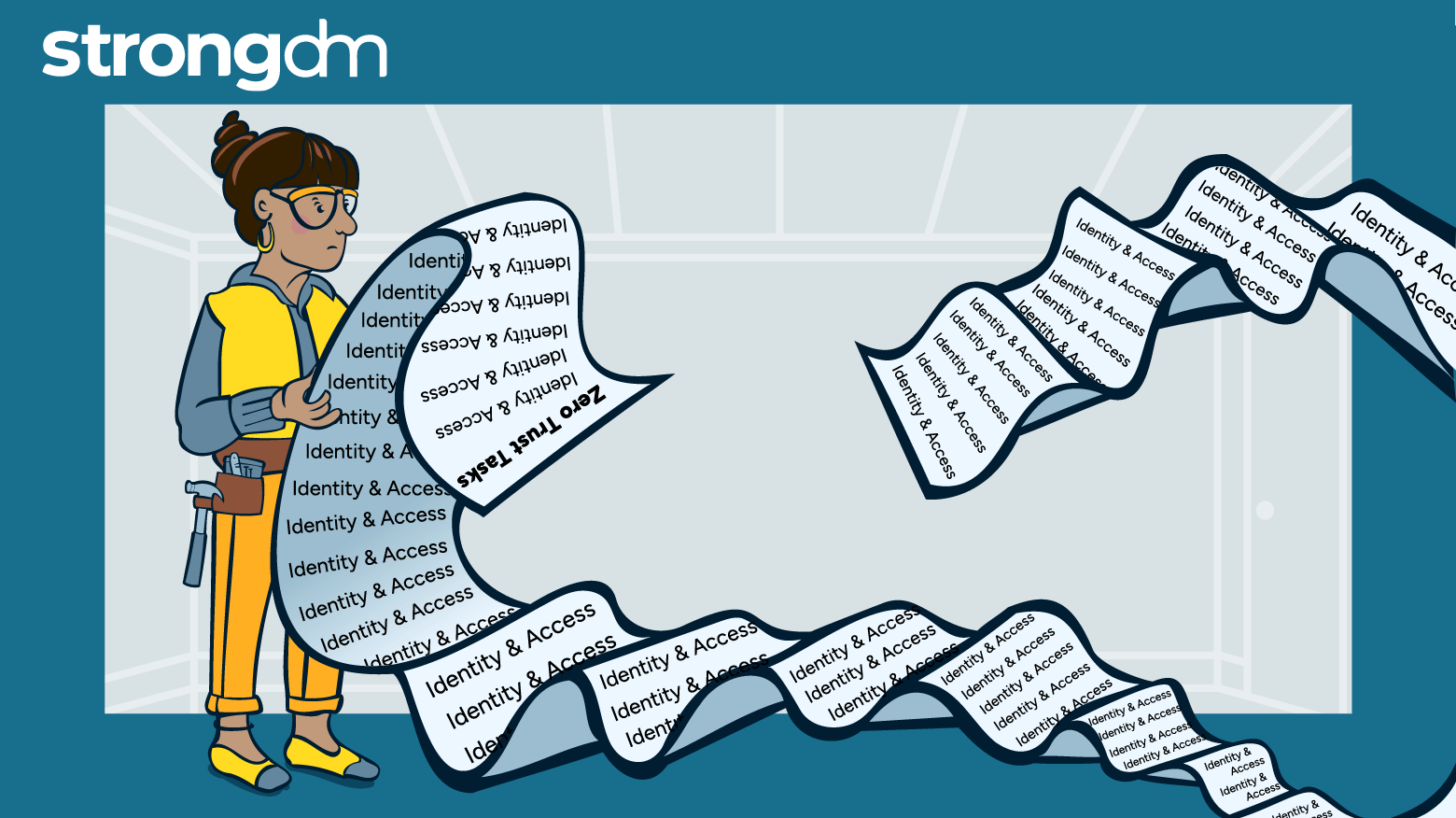
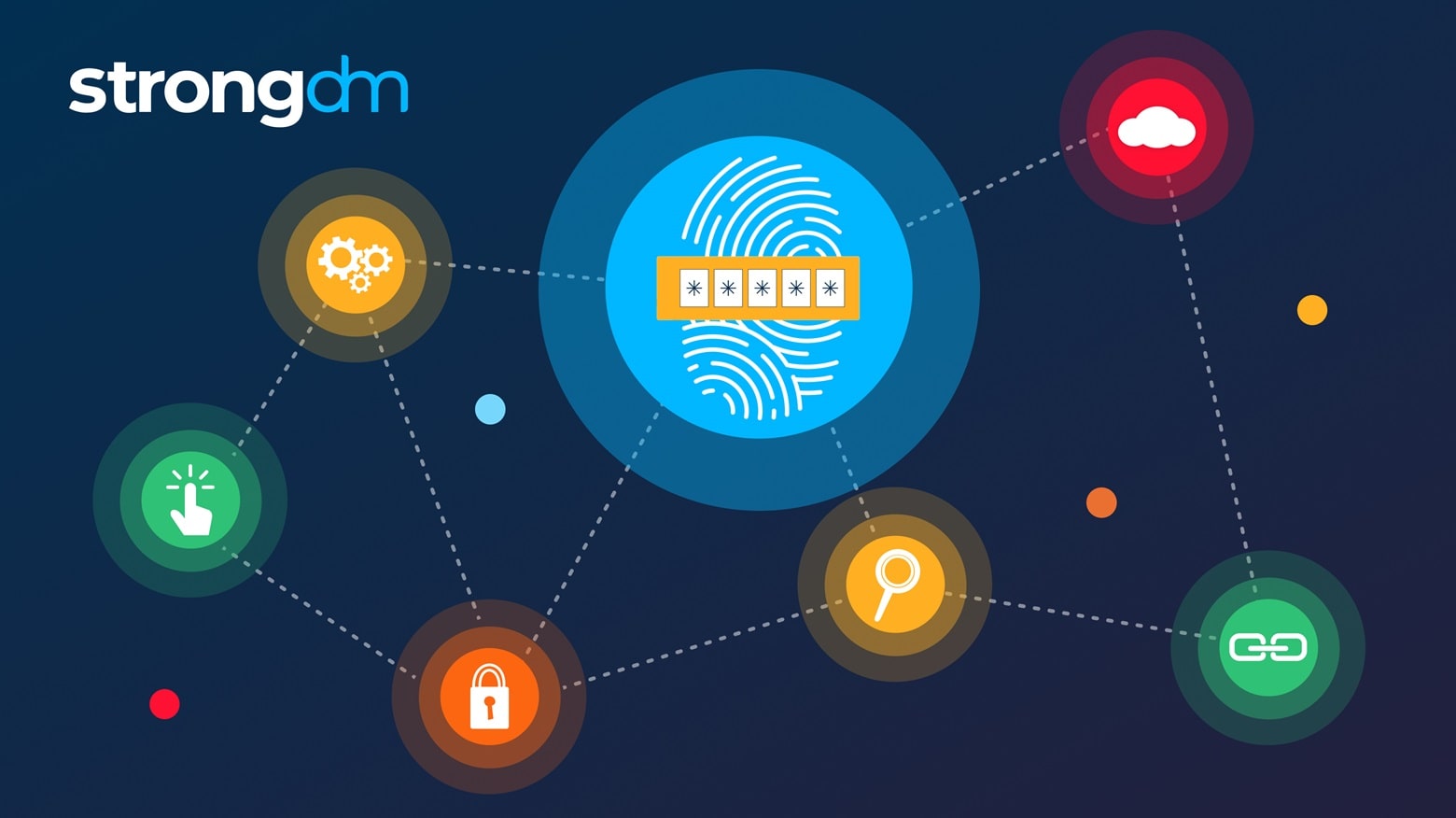

![How to Prevent Credential Stuffing [9 Best Practices]](https://discover.strongdm.com/hubfs/credential-stuffing-prevention.png)



